Essential Multi-Factor Authentication Strategies for Secure Online Shopping
Understanding the Importance of Multi-Factor Authentication in E-Commerce
Why a Simple Password Isn’t Enough Anymore
Picture this: your online shopping cart is full of goodies, from that cozy sweater you’ve been eyeing to the perfect gift for your best friend. You’re about to check out, and BAM—someone halfway across the world is already logged into your account. How? Because your password, no matter how clever you thought "Fluffy123!" was, isn’t enough anymore. Hackers are like lockpickers with a digital toolkit—they can crack weak passwords in seconds. That’s where multi-factor authentication (MFA) comes to the rescue, acting like a bouncer for your accounts. Instead of just one key (your password), you’ll need multiple layers of verification. Think of it as adding a secret handshake, a retinal scan, and a magic password-protected door to your favorite online store.- SMS codes: A quick text with a one-time code keeps you a step ahead of intruders.
- Authentication apps: Apps like Google Authenticator generate unique codes every 30 seconds.
- Biometrics: Your fingerprint or face scan becomes your digital fortress.
Key Components of Effective Multi-Factor Authentication Systems
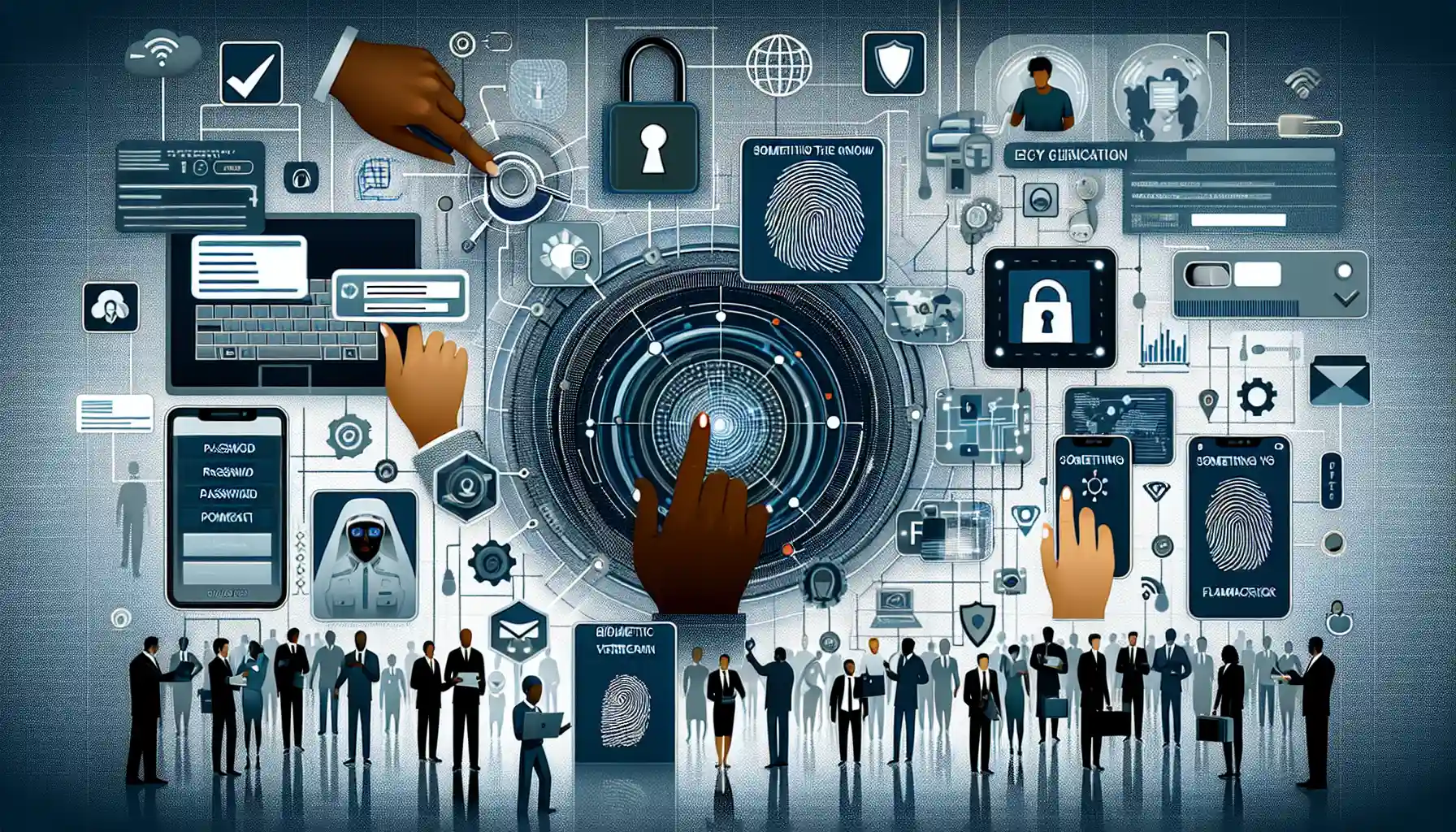
Why Layers of Security Are Your Best Friend
Picture this: your online shopping account is like a treasure chest, brimming with personal details and payment info. Now, would you trust a flimsy lock to protect it? Of course not! That’s where the magic of Multi-Factor Authentication (MFA) comes in—it’s your high-tech security vault with multiple layers of protection. With MFA, you're not just relying on one key to safeguard your treasure. Instead, you’re using a combination of:- Something you know: A password or PIN that only you have memorized.
- Something you have: A smartphone, security token, or app that generates one-time codes.
- Something you are: Your fingerprint, voice, or even a face scan—things no one can duplicate.
Best Practices for Implementing Multi-Factor Authentication in Online Stores
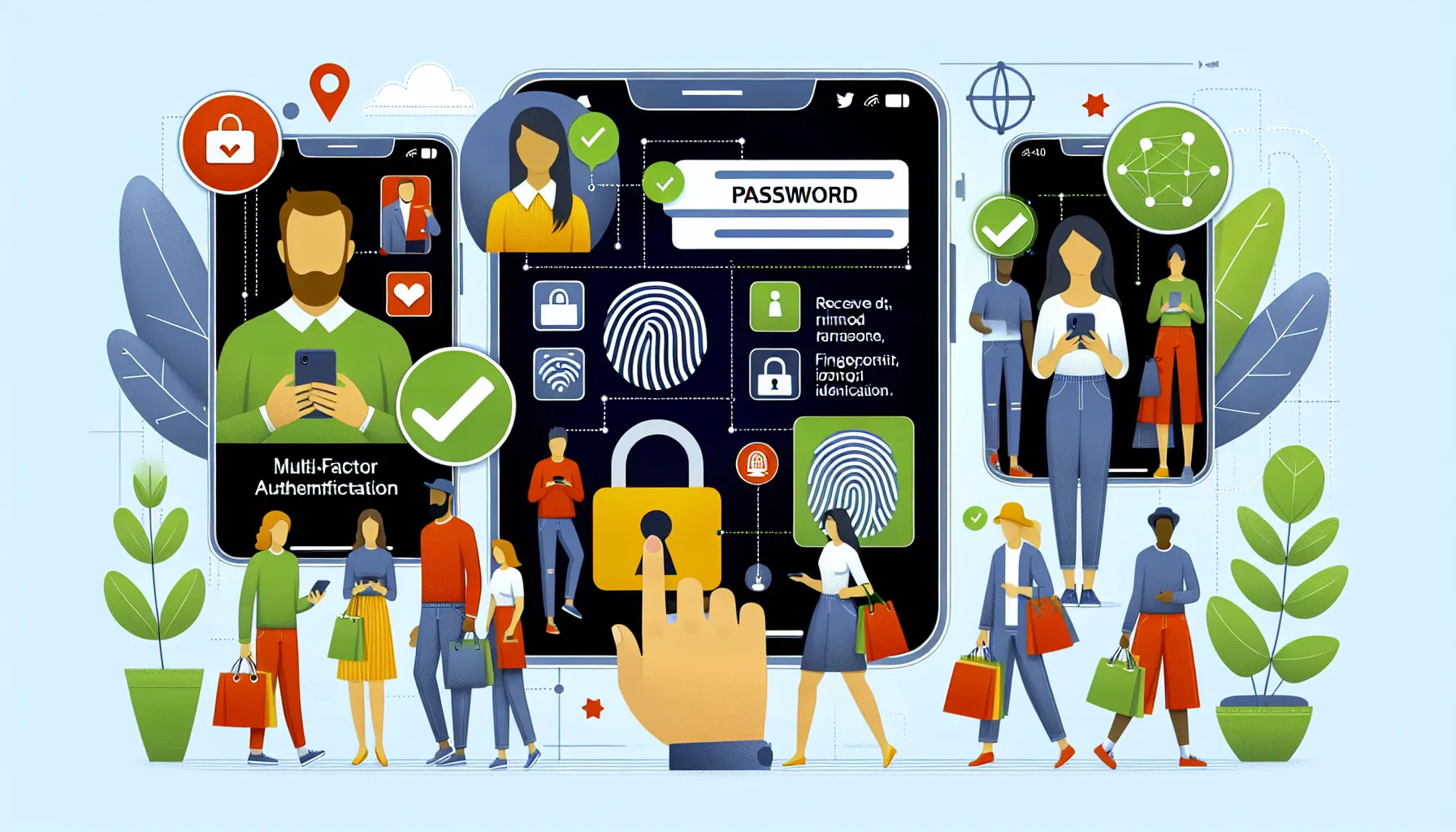
Why Multi-Factor Authentication is a Game-Changer for Your Online Store
Picture this: your online store is like a bustling marketplace. Customers browse, fill their carts, and trust you with their personal information. Now imagine leaving the cash register wide open—scary, right? That’s exactly what happens without proper security. Enter Multi-Factor Authentication (MFA), your digital bouncer, ensuring only the right people get in. With MFA, you're adding layers of protection that make it nearly impossible for cybercriminals to wreak havoc. It's not just about passwords anymore. Think of MFA as a combo lock where each number represents a unique layer of verification. These layers could include:- Something you know – like a password or PIN.
- Something you have – such as a smartphone for one-time codes.
- Something you are – like a fingerprint or facial recognition.
Common Challenges and Solutions in Adopting Multi-Factor Authentication
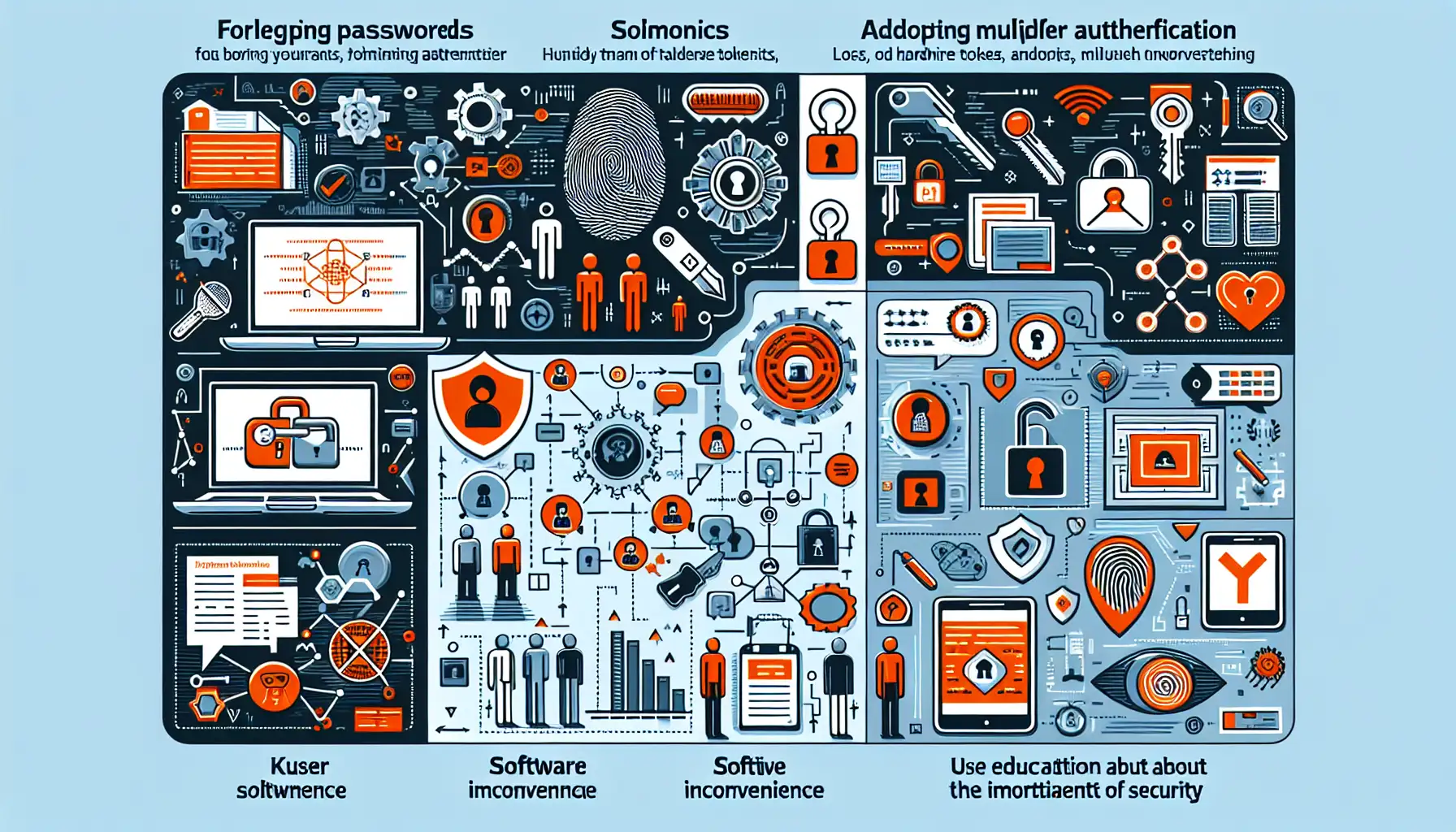
Why Multi-Factor Authentication Feels Like a Hassle (But Doesn't Have to Be)
Let’s be real—multi-factor authentication (MFA) can feel like an annoying extra step when all you want to do is snag that limited-time deal or finally check out your online cart. You’re already juggling passwords, and now they want you to confirm your identity *again*? It’s like being asked for your ID at the door after you’ve already RSVP’d to the party. Frustrating, right? But here’s the thing: those extra steps are what keep your sensitive data locked up tighter than Fort Knox. The challenge comes in when MFA feels overly complicated or disrupts the flow of your shopping spree. Common struggles include:- Forgetting your backup method when traveling (who carries a security key on vacation?)
- Delayed SMS codes that make you want to throw your phone across the room
- Confusing app interfaces that leave you wondering, "What do I press now?"
Future Trends in Multi-Factor Authentication for Enhanced Online Security

Innovative Approaches to Keep Hackers at Bay
Imagine walking through a digital fortress where every door requires not just a key, but also a secret handshake, a voice recognition, or even a facial scan. That’s the future of multi-factor authentication (MFA). It’s no longer just about passwords and one-time codes; it’s evolving into something smarter, faster, and yes—almost sci-fi. Let’s talk trends. First, biometric authentication is taking center stage. Think fingerprint scans or retina recognition—not just on your phone but across online stores. Forget typing in your password; your face might soon be your login. Then there’s behavioral biometrics, which tracks how you type, swipe, or even move your mouse. Sounds futuristic? It’s already here. Meanwhile, the rise of hardware tokens is giving tech-savvy shoppers a physical layer of security. These tiny devices plug into your computer or sync with your phone, creating an uncrackable barrier.- Biometric logins: Say goodbye to remembering passwords.
- Behavioral analytics: Security tailored to your unique habits.
- Hardware tokens: Pocket-sized powerhouses of protection.
Latest news

Decoding Fashion: What Is It, Really?
Fashion is a fascinating and ever-evolving industry that shapes our daily lives in ways we may not even realize. From the clothes we wear to the way we accessorize, fashion influences our individualit...

Enhancing Digital Security Strategies for Online Clothing Retailers
This comprehensive guide emphasizes the critical importance of digital security in online retail, particularly for e-commerce clothing stores. It explores common cybersecurity threats, such as phishin...
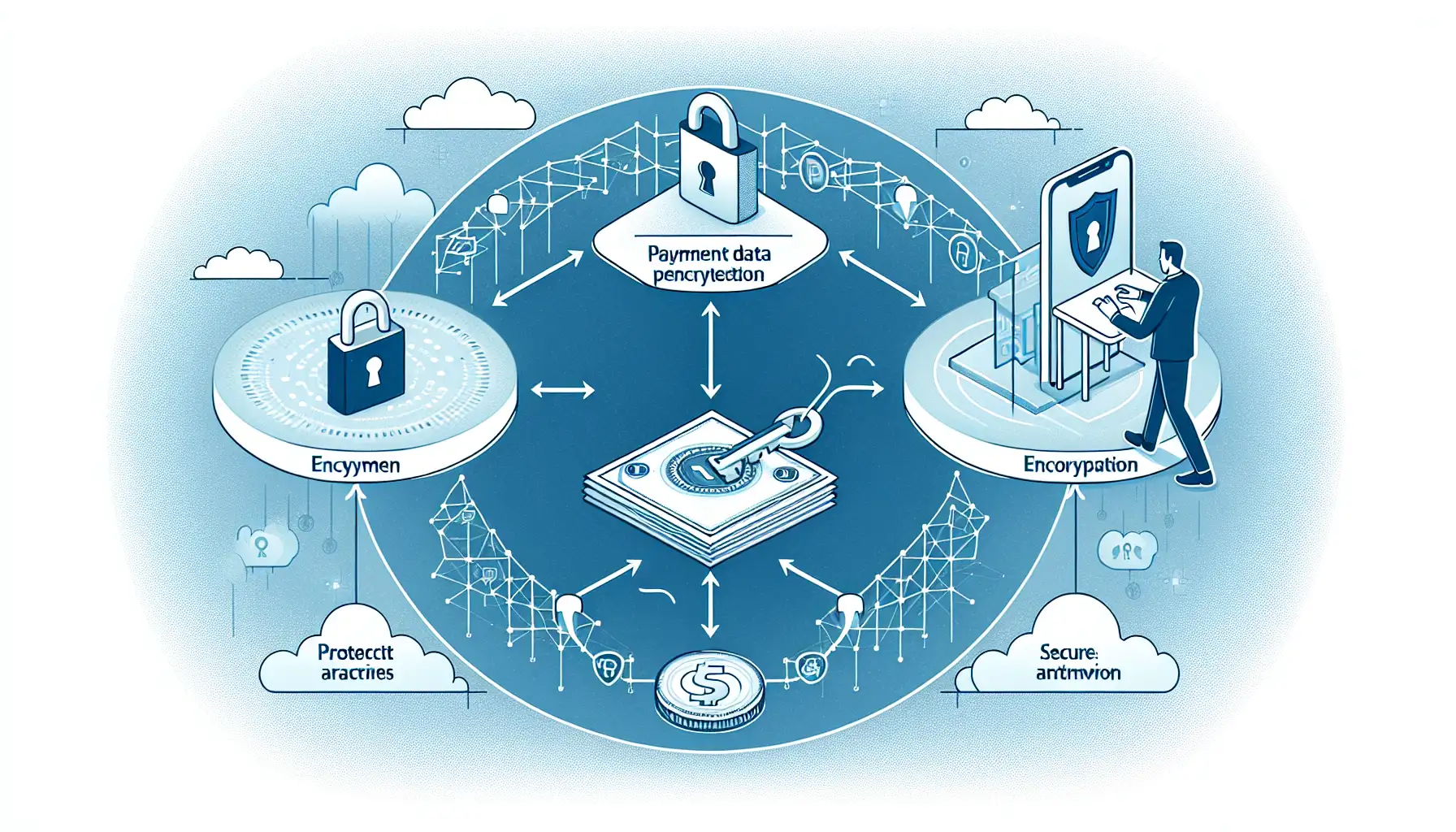
How AI Chatbots Are Revolutionizing Customer Service for Online Boutiques
This article explores the transformative impact of AI chatbots in enhancing customer experiences for online boutiques. From providing personalized, lightning-fast assistance to mimicking the charm of ...

Fashion Fundamentals: Navigating Trends with Timeless Pieces
Explore essential tips on creating a timeless wardrobe that incorporates current trends without sacrificing classic appeal. Learn how to select, maintain, and evolve foundational pieces for a stylish ...
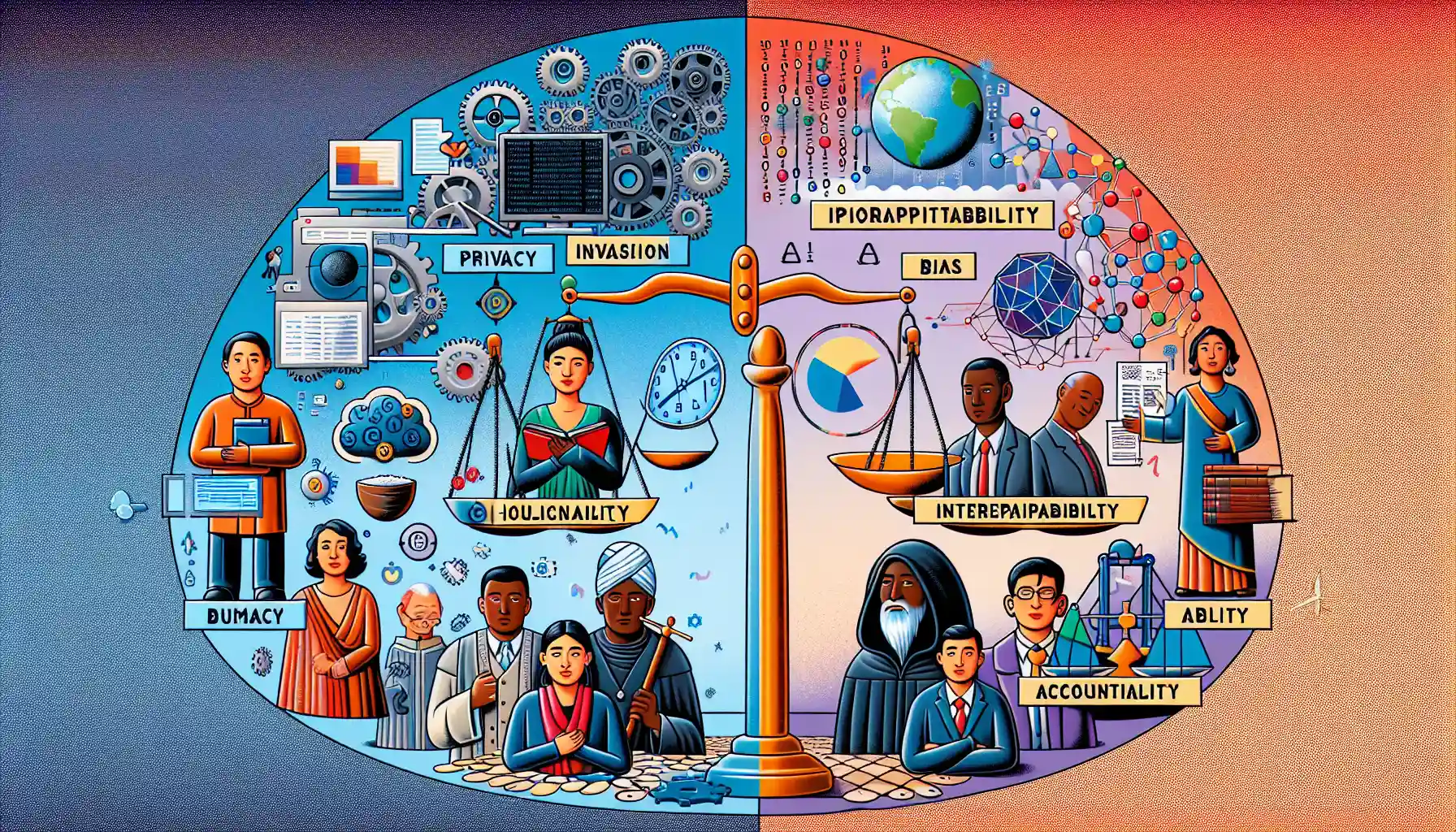
Ethical Implications of Machine Learning in Fashion Design: Challenges and Solutions
This insightful article explores the transformative role of machine learning in fashion design, highlighting its ability to predict trends, enhance creativity, and personalize shopping experiences. It...

Effective Firewall Solutions to Safeguard Your Store’s Customer Database
This comprehensive guide highlights the critical role of firewalls in safeguarding customer data for businesses. It explores why modern firewalls act as digital security guards, essential features lik...
